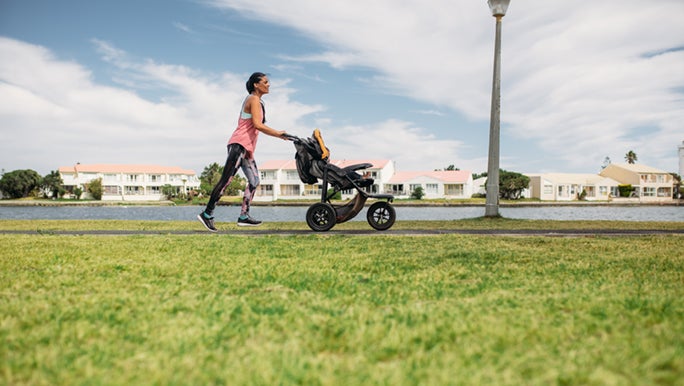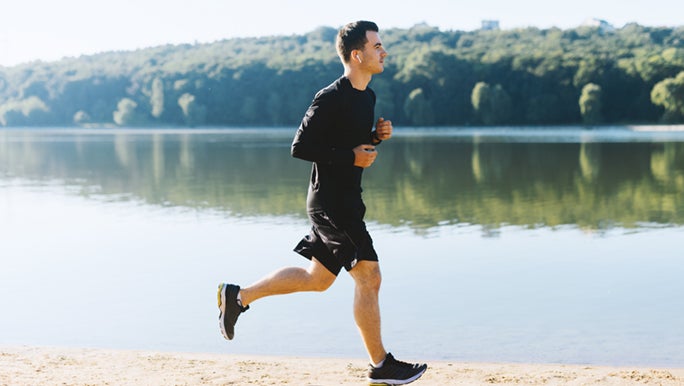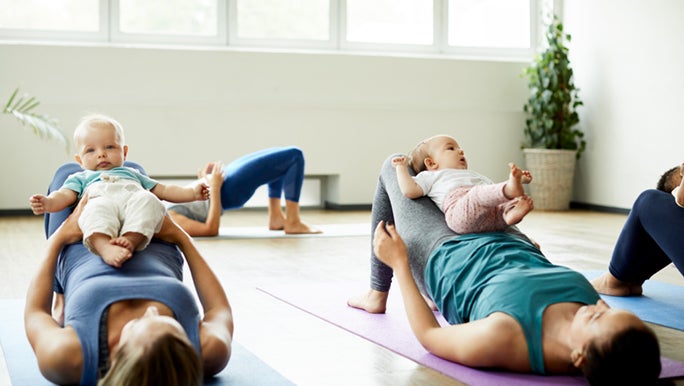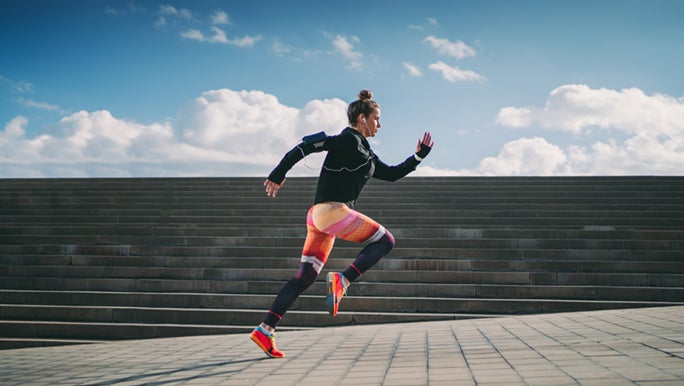What does running do to your body?

Key points about what running does to your body
If you’re wondering whether running is a good fitness option for you, you’ve come to the right place.
Experts say that running is a great physical activity for most people. But why? And does ‘most people’ include you? Well, before you slip into your activewear, you should know what running does to your body.
If you’re new to running, or it’s been a hot minute since your last jog, you might need a plan to prevent pain and injury. And if you have any kind of pre-existing injury, we recommend chatting to your GP or physiotherapist.
Avoiding pain and injury should be your number one goal.
What running does to your body: the physical benefits
There are so many reasons why running is good for your health.
Physiotherapist Brad McIntosh says, “one of the best things about running is that you can do it anywhere. Just open the front door, and you can go for a run.” Or you could head outside during a lunch break, or step onto a treadmill in the gym.
“It’s a quick way to get the exercise you need for the day,” Brad says.
He adds that running regularly can help to:
- keep your bones strong
- improve your cardiovascular function
- maintain strong, flexible muscles
- maintain a healthy weight (although only in conjunction with healthy eating, and we think there are much better reasons to run!)
What running does to your body: the mental benefits
Brad also adds that running is great for your mental wellbeing. It can help to ‘declutter your mental hard drive’, and who doesn’t want that?
People often say that running is like meditation: the rhythm of your feet hitting the pavement and the repetitive action of swinging your arms. In effect, you’re practising mindfulness as you inhale and exhale in time with your favourite playlist.
And all that oxygen pumping its way through your body helps to reduce stress and improve mental clarity.
In short, your run provides time for you to ‘clear your head’.

People often say that running is like meditation: the rhythm of your feet hitting the pavement and the repetitive action of swinging your arms.
Running’s for everyone – or is it?
While running has many benefits, it may not be for everyone. Like many repetitive aerobic exercises, it can take a toll on your body over time.
If you have a larger body size, have a pre-existing injury or just find the idea of running too overwhelming, it’s OK. You can still benefit from walking or jogging, strength training or team sports. “Speak to your GP or physiotherapist about putting together a suitable exercise plan specifically for you,” advises Brad.
And if your muscles get tight and a bit sore, pay attention to your body. “Incorporating rest days, stretching and warm-ups is a must,” he adds. When’s the best time to run?
Some runners insist they get more benefits from running in the morning as a routine, while others like to run at night.
Surprisingly, experts suggest that running in the late afternoon is best. That’s because science says your core body temperature is at its highest during this time. But it’s probably not convenient to ignore school pick-up or a meeting with the CFO to pop out for a jog.
If you’re an early bird, remember to warm up before you run. Actually, this is important no matter when you run, but your core body temperature is at its lowest in the morning, and you’ll be a bit stiff after (hopefully) some sleep.
For sprints and long-distance runs, early evening is a good time. Your body is still warm, so it’s less prone to injury. You’ll probably be hungry afterwards though, so remember to have a snack ready before cooking dinner.

While running has many benefits, it may not be for everyone. Like many repetitive aerobic exercises, it can take a toll on your body over time.
Running your way to health benefits in 6 steps
“Getting started with running is very simple,” Brad says. “Other than walking, it’s the least complicated and most cost-effective fitness activity.”
To give yourself the best chance of avoiding injury, remember to:
- Invest in your feet: buy some good shoes and pay attention to your foot health
- Take time to warm up and stretch: remember that preventing injury is your number one goal
- Walk before you run: start by walking, then graduate to alternating intervals of walking and running to build your lung capacity
- Jog rather than sprint: health benefits don’t come from speed, and you need to focus on technique
- Make it a habit: keep going!
- Take regular rest days: your muscles need downtime to recover

Just like running, low-impact exercise has many benefits. They can help lower your blood pressure, improve strength and reduce stress.
Low-impact alternatives
Lastly, consider mixing things up. You won’t experience more benefits from running every day, so Brad recommends adding a variety of exercise types to your training plan. Include fun, low-impact activities such as:
- yoga
- Pilates or barre
- walking or hiking
- swimming or water aerobics
- strength training – either with weights or bodyweight exercises
- boxing or a circuit class at the gym
- cycling
- dancing - every style from ballroom to jazz

For sprints and long-distance runs, early evening is a good time. Your body is still warm, so it’s less prone to injury.
Running your way to a healthy life
So, how does running stack up for you? You can do it anywhere, any time. It’s good for your mind and body, and you don’t need to do it every day.
If you’re interested in getting started, follow our 6 easy steps and give it a go.
Related:
- How to create habits you can actually stick to (for good this time)
- 10 ways to bring more incidental exercise into your day
- How to get your kids to exercise
Brad McIntosh is a highly-trained and well-regarded physiotherapist with a particular clinical and research interest in knee rehabilitation.
Reviewed by the healthylife Advisory Panel June 2021